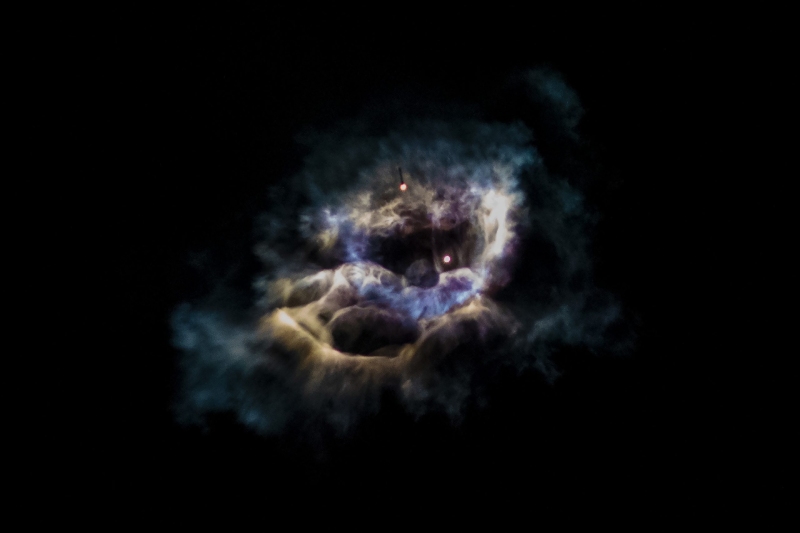In the evening of yesterday, while it was passing over South America, SpaceX’s CRS-29 mission from the International Space Station (ISS) was launched.Early in October, the mission began to flow to the International Space Station (ISS) with a range of payloads, including scientific and research experiments. Carrying vital experiments to the International Space Station (ISS), including laser communication and Earth imaging equipment, the CRS-29 mission was one of the most significant ones in NASA’s manifest. SpaceX launched its 80th mission of 2023 in November, with 6,500 pounds of cargo on the ascent leg. The Cargo Dragon is scheduled to splash down off the coast of Florida less than 20 hours after disengaging from the ISS at 5:05 p.m. Eastern time.
After an initial delay, SpaceX’s Cargo Dragon departs from the space station.
Upon its return from space, the Cargo Dragon of the CRS-29 mission will carry 4,300 pounds of cargo that will help NASA develop a two-way laser communications system and track atmospheric waves. Completed research experiments and other objects return on the Dragon.
On the ISS, NASA regularly conducts scientific experiments for both its own scientists and other researchers. Researchers and scientists can examine whether materials act differently on the International Space Station (ISS) than they would on Earth thanks to the station’s special microgravity environment. Plant genetics and the effects of microgravity on cells are two areas of research that will be brought to Earth. Telomeres were measured in orbit by an additional experiment returning on the CRS 29. These are the ends of DNA strands, and although they get shorter with age, earlier research has revealed that they may also elongate in space.
The Cargo Dragon spacecraft will have finished its second mission providing commercial resupply services to NASA after splashdown. Its November 2022 flight of the CRS-26 mission was its first flight; this year’s launch signifies a year-long turnaround for this specific Dragon spacecraft.
CRS 30, the upcoming NASA SpaceX cargo mission, is scheduled to launch in March of the following year. Over the years, SpaceX has made a number of improvements to the Dragon spacecraft; the most recent of them are referred to as the Dragon 2 spacecraft. The Dragon 2 is now used for all Dragon missions, whether they involve crew or cargo, and the CRS 29 mission marked the spacecraft’s ninth flight.
The Atmospheric Waves Experiment (AWE) and ILLUMA-T were two important science experiments that arrived at the station on CRS 29. AWE is an image science research project that looks at the uppermost parts of the atmosphere that have wave activity. Scientists think that by using these waves, they will be able to learn more about Earth’s climate than they could from the surface.
ILLUMA-T makes use of a second terminal that was deployed to the International Space Station (ISS) and a laser communications relay housed on a geostationary satellite. The goal of this terminal was to demonstrate laser-based communications for next missions. On December 5, NASA successfully established the first laser link between the satellite and related ground systems. The system can send data from the space station to the satellite at a speed of 1.2 Gbps, surpassing the majority of broadband internet networks on Earth thanks to less interference in space.





